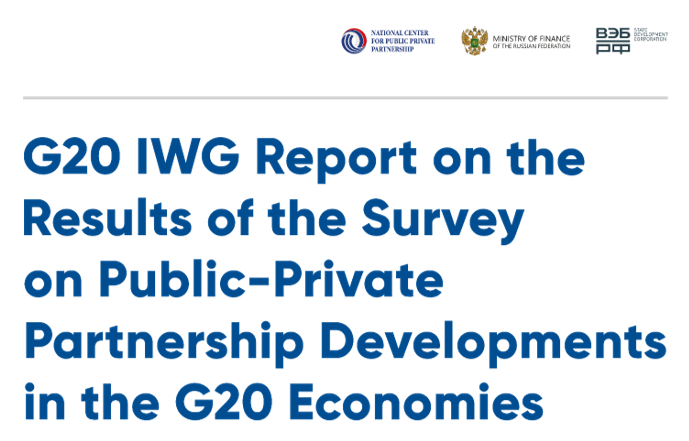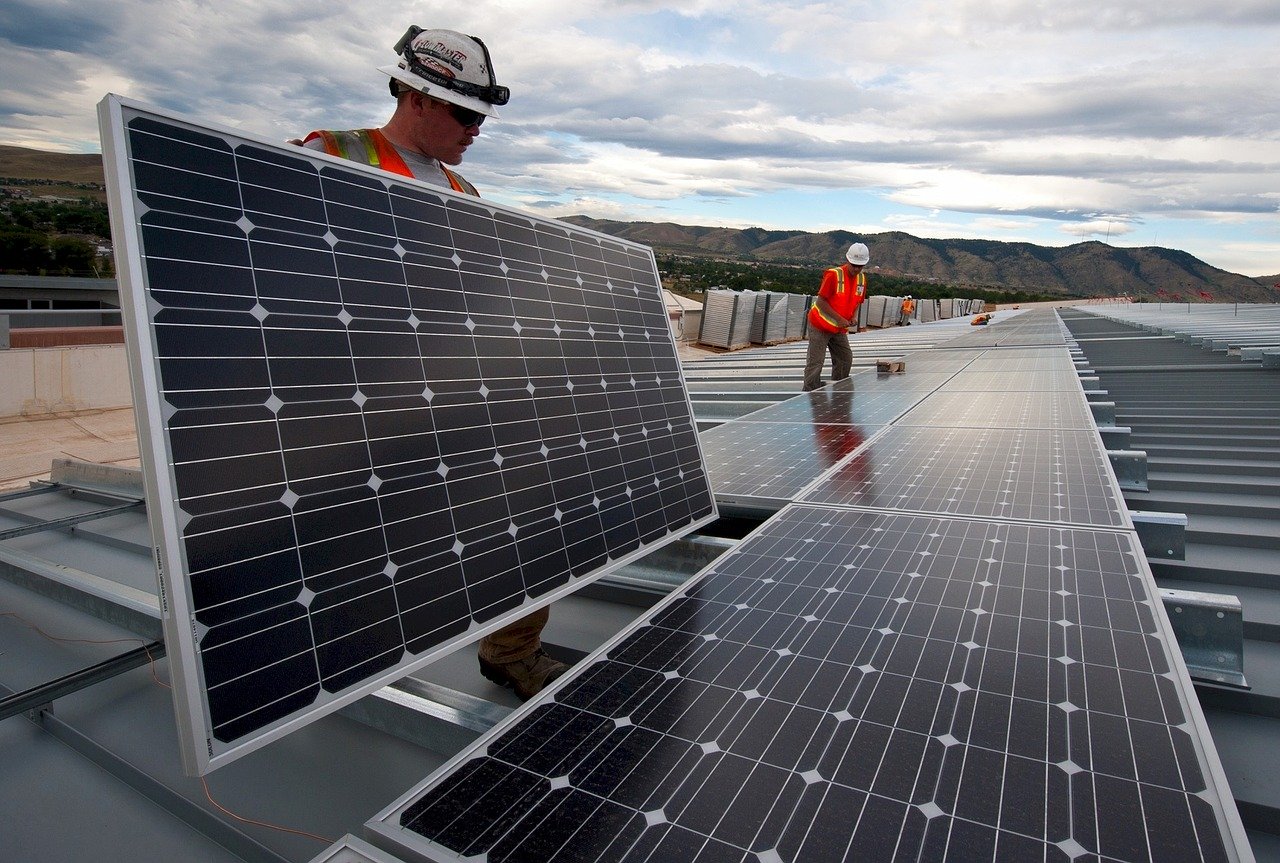725 results found
Featured results



More results
The paper Partnering to Build a Better World: MDBs Common Approaches to Supporting Infrastructure Development presents a brief description of how MDBs work with their Borrowing Member Countries (BMCs) .


GI Hub was recognised for its work in supporting this Agenda through a library of InfraTech use cases
Read the best of LTIIA's members collective insights and good practices in infrastructure investment.
Is ESG investment just a passing fad? What is the future of China’s Belt and Road Initiative? And does the Covid-19 pandemic mean we must reassess climate change targets? Our CEO Marie Lam-Frendo answers questions on the future of infrastructure.
InfraTech is defined by the G20’s Infrastructure Working Group (IWG) as “the integration of material, machine, and digital technologies across the infrastructure lifecycle” and is supported by three reference notes produced in collaboration between the G20 IWG, the World Bank and the GI Hub: 1) The InfraTech Stock Take of Use Cases; 2) The Value Drivers for InfraTech; and 3) The InfraTech Policy Toolkit.


In keeping with our mission to support the G20 to drive an ambitious infrastructure agenda, InfraCompass 2020 harnesses data from leading organisations around the world - including the World Bank, World Economic Forum, and the OECD - to assist countries to identify reforms that lead to better infrastructure investment.
Identifying policies that will lead to better infrastructure investment is no simple task. This is why we are about to release our updated InfraCompass tool, which quantifies the strength of the infrastructure enabling environment for 81 countries through exhaustive data analysis.
In just a few years, ESG, also known as sustainable or responsible investing, has moved from a slightly idealistic nicheto front-page, a mainstream dimension for investors, one that strongly influences the performance and resilience of their investment over time. This is particularly the case in infrastructure, in view of its wide reaching and long-term consequences for the community.

Read more about Infrastructure Futures, our new report looking at the key megatrends with the potential to disrupt the industry through to 2050.
Kempegowda International Airport Bengaluru (KIAB) is the first airport in India to be delivered via a public private partnership (PPP), under a build-own-operate-transfer (BOOT) model over a 30 year period extendible to 60 years
The government of India sought to raise c. USD 12.5B1 for infrastructure development through an asset monetization program that identified c. 6400km of road networks across 75 operational projects and split them into 10 bundles to auction as concessions
The global competition to accelerate the infrastructure industry has entered the next stage with assessment of all InfraChallenge applications now complete.
A message from Global Infrastructure CEO, Marie Lam-Frendo, regarding the COVID-19 (coronavirus) pandemic.
In light of the potential for PPPs to contribute to a reduction of the $15 trillion infrastructure investment gap, the Global Infrastructure Hub (GI Hub) revamped its PPP Risk Allocation Tool with its updated PPP Risk Allocation Tool 2019 Edition.

The G20 Infrastructure Working Group (IWG) Survey on PPP Development underlying this Report provides reference on the frameworks for infrastructure financing through Public-Private Partnership in G20 economies










 Visit Tool
Visit Tool








